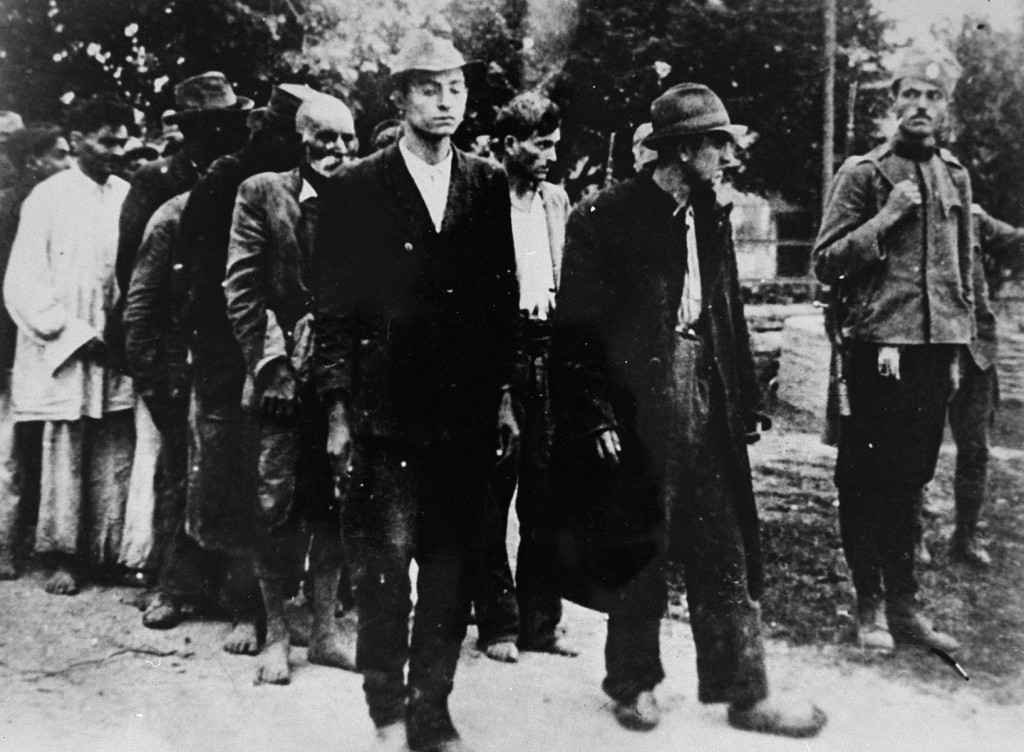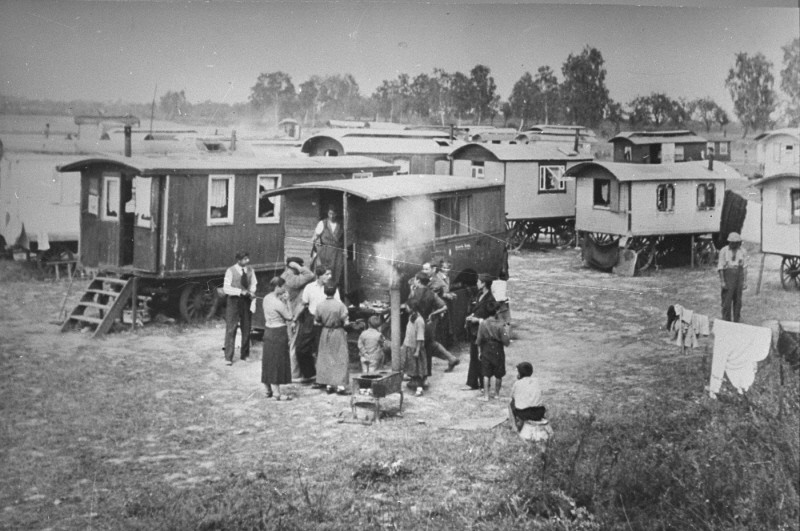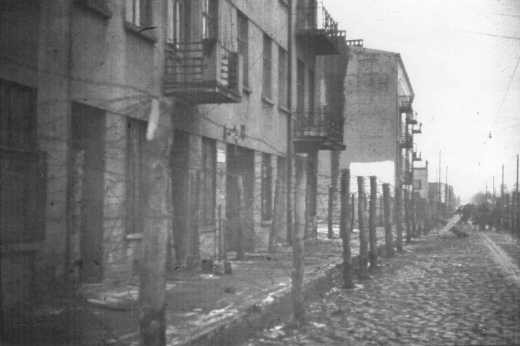
Documentation on the Persecution of Roma (Gypsies)
Documentation on the persecution of the Roma (Gypsies) is abundant in archives and other repositories throughout Europe, the United States, and even in Israel. In order to understand where material exists, basic background information on legislation against the Roma before and during the Third Reich is necessary.
The German state of Bavaria introduced one of the first legislative acts against the Roma in 1926. This law required that all Roma register with the authorities and regulated their movements. The government in Berlin enacted this legislation at the national level in 1929, and remained in effect when the Nazis came to power in 1933. Further, more radical, legislation that reflected the National Socialist views of the Roma as “asocial” and “racially inferior” was enacted beginning with the July 1933 “Law for the Prevention of Offspring with Hereditary Defects”. Among others, the November of 1933 “Law against Dangerous Habitual Criminals”, the September 1935 “Law for the Protection of German Blood and Honor” (Nuremberg Race Laws) paved the way for authorities to arrest and incarcerate the Roma in prisons and concentration camps.

In July 1936, the Ministry of the Interior established its first “Gypsy camp” (Zigeunerlager) at Marzahn outside Berlin. Further camps for the Roma opened in Germany during the 1930s. Following the Anschluss (annexation) of Austria in 1938, the camps of Lackenbach and Salzburg-Maxglan were established. The first major roundups of the Roma began in June 1938 and continued throughout the war. The Roma were deported to camps including Buchenwald, Dachau, Sachsenhausen, Mauthausen, Auschwitz, Chełmno,and Ravensbrück. In addition they were interned in the ghettos at Lublin, Łódź, and Warsaw.

Non-Reich Roma did not escape persecution. Roma in the Protectorate of Bohemia and Moravia were deported to the “Gypsy camps” at Lety and Hodonin. Members of the Einsatzgruppen and Wehrmacht undertook killing actions that included Roma victims in places such as the Soviet Union and Serbia. In the Netherlands, occupation authorities interned and later deported its Roma community. The collaborationist Vichy authorities in France interned Roma in camps such as Rivesaltes, Saliers, and Beaune-la-Rolande, and subsequently sent many to concentration camps inside the Reich. The Croatian Ustaša killed and interned thousands of Roma along with Serbs and Jews. In 1941, thousands of Romanian Roma and Jews were deported to Transnistria. The final mass deportation of the Roma occurred in October 1944 in Hungary.

Documentation on these murdered Roma, as well as those persecuted Roma who survived, exists in forms such as deportation, intake, and transfer lists from concentration camps, death books from these camps, arrest lists from regional police, information from prisons with the Reich and its occupied countries, court proceedings against the Roma, contemporary photos, and witness testimonies. These sources of information can be found within national and regional archives across Europe, memorial sites where they were interned, and in private archives dedicated to this subject. In addition, several websites and databases have these types of information included in their data.
The United States Holocaust Memorial Museum has extensive documentation pertaining to the National Socialist persecution of the Roma. The Museum's archives has dozens of documentary collections from repositories across Europe with such information. There are over one thousand photos in the Museum's Photo Archives depicting various aspects of Roma life before, during, and after World War II. The Museum's Oral History division has testimonies from approximately 50 Roma survivors.
Critical Thinking Questions
Why have the Roma faced persecution before the Nazi period? How did the Nazis build on existing attitudes?
How does this information counter stereotypes of “Gypsies” that persist today?
How are the Roma treated in countries in Europe today? How have neighboring countries and the world community responded?

